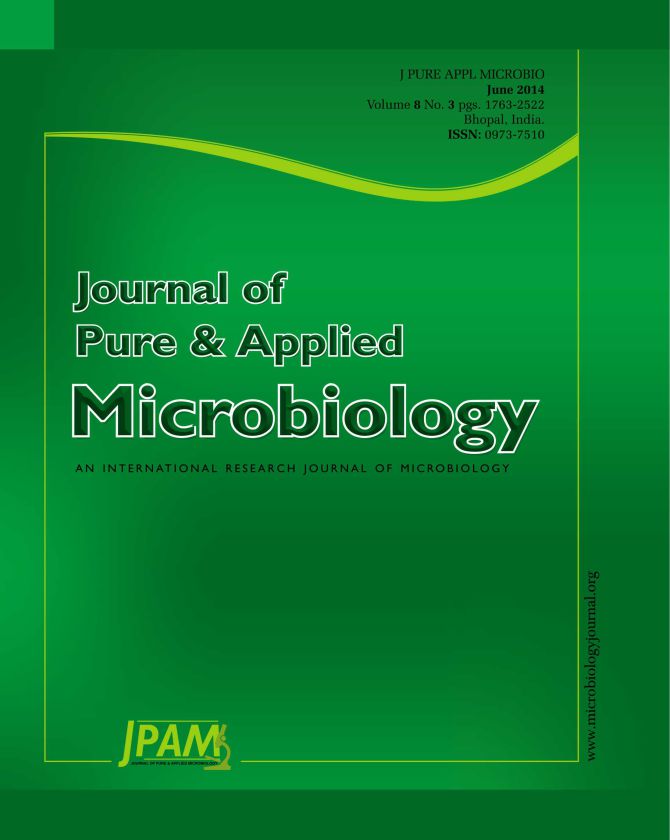Babesia microti, the intraerythrocytic protozoan parasite, is the most common cause of human babesiosis all over the world and is considered one of the most important diseases of zoonotic parasitic infections. Rodents are one of the reservoirs of the disease parasite.This investigation is the first molecular study for determining rodents as reservoir hosts of Babesia microti in Iran and Sarab district.To determine if the organism is present in rodents of the region, we live trapped and sampled 100 rodents from 10 villages in the Sarab area.DNA extracts from whole blood specimens were tested by Polymerase Chain Reaction(PCR), using specific fragment for the B.Microti; nuclear small subunit ribosomal RNA gene (18 ss rRNA).The pear shaped intraerythrocytic babesia parasite was seen in thin blood smear study of 3 of the rodents (Mus musculus) and by applying PCR method, it was determined to be B.Microti that is pathogenic to humans. The results of this study suggest that B.Microti is present among rodents, particularly in rodent pets of three villages of Sarab in Iran and maybe a health risk to humans residing in the district.
Babesia microti, Polymerase Chain Reaction, Rodents, Sarab, Iran
© The Author(s) 2014. Open Access. This article is distributed under the terms of the Creative Commons Attribution 4.0 International License which permits unrestricted use, sharing, distribution, and reproduction in any medium, provided you give appropriate credit to the original author(s) and the source, provide a link to the Creative Commons license, and indicate if changes were made.


